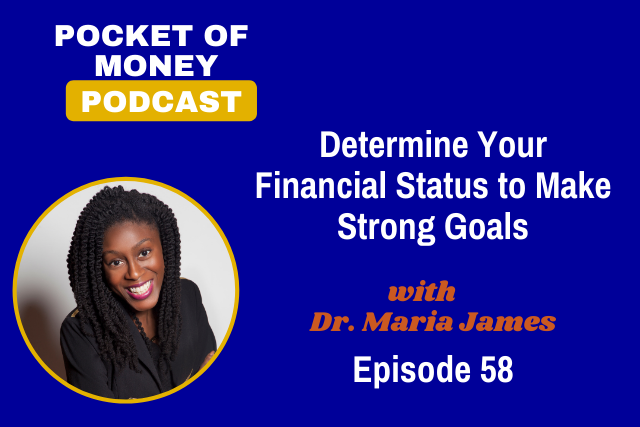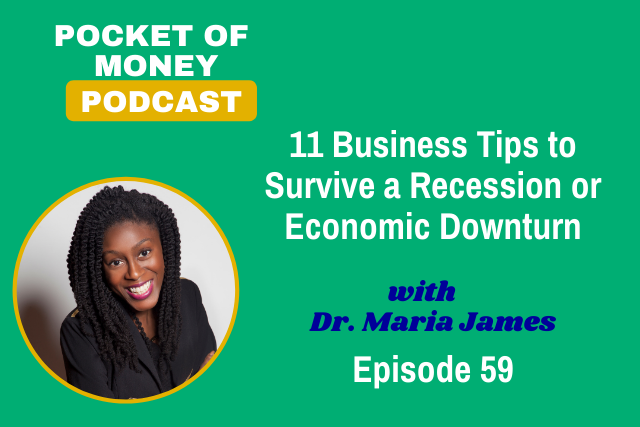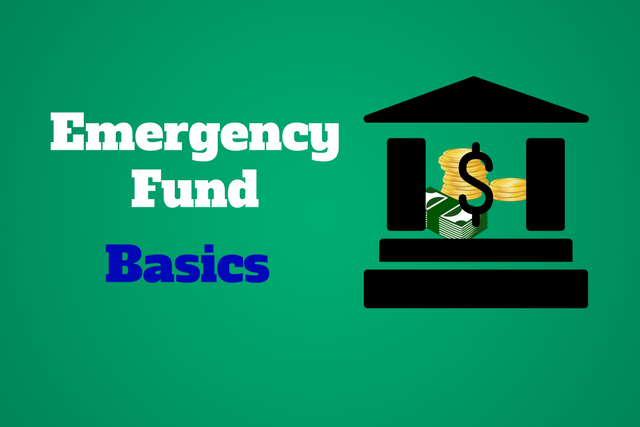10 Actions Needed for Financial Freedom

The terms financial freedom and financial independence generally refer to the same concept or ideal. However, individuals consider them to mean different things. For some they mean debt free, having the ability to live without working to earn income, or being financially secure and not stressing about money. Whatever your definition of financial freedom, there are some key actions that you should take to get you on the right path to achieving it.
1) Calculate your net worth
Your net worth is a snapshot of your financial health at a specific point in time, your wealth status if you will. Understanding where you currently stand financially will help you in defining realistic goals. Use the formula net worth = assets – liabilities. You need a baseline to work from as you move toward financial freedom. Calculating your net worth at the start will provide that for you.
2) Define and write down your goals
You need to know the goal in order to achieve it. In other words you can’t hit the target if you don’t know where it is. Take some time to reflect on where you are currently with money and where you would like to go. Define your goals so you can accurately determine the steps needed to reach them. Some common goals are saving an emergency fund, saving for retirement, saving for a yearly vacation, adding to an investment portfolio.
3) Design a money strategy
A money strategy is a comprehensive plan to detail what you plan to do with your money. This is the action plan to achieve your goals. For each goal detail the steps needed to achieve it, resources you’ll use and how much money is involved in each step.
4) Create a monthly and annual spending plan
You need to create a spending plan to determine where your money is going. You should have a clear view of how much you will spend in what categories and how much you will save. This allows you to see where you can cut costs and free up money aka keeping more money in your pocket. Creating an annual spending plan will allow you to also see big picture and determine how much of your money is truly going to certain items. You may decide to skip that Starbucks latte or forgo certain subscriptions after all. The money you free up and save can then be put towards a few luxuries and income generating assets!
5) Create a specific debt reduction strategy
If you still have debt, you need to pay it off to be able to use the full potential of your income. You can’t reach financial freedom if you have debt holding you back. Work on paying your debt down, “good” and “bad” debt must go. Debt is debt and you’ll save yourself thousands of dollars by getting rid of it. Make a specific plan of what order you’ll target the debt accounts. Aggressively pay down one at a time to make the most impact and not spread the money too thin.
6) Freeze your credit cards
Now that you have a plan to eliminate your debt, dont rack up anymore. Put the credit cards away and make them very difficult to use. Literally putting the cards in the freezer is a great way. Take the cards out of your wallet and leave them at home. Spending within your means is a must for financial freedom.
7) Open a separate savings account
You need one savings account for your emergency fund. As indicated by the name you don’t touch this money unless it’s a true emergency. Did you know you should also have another savings account? This is a small account to house money for non-emergency expenses that are in your spending plan, but may not be used every month. If you leave the money in your checking account it’s likely to be spent.
8) Cut costs not quality
When you create your spending plan, you’ll see places where you can cut back. However, cutting back to lower expenses doesn’t mean sacrificing quality. Think of ways to get equivalent products or services for less e.g. shift providers, eliminate things you don’t use, find coupons and deals etc. You don’t want to feel deprived, but you want to plug money leaks and free up as much money as possible that can be used for saving and investing.
9) Create side income as needed
You’ve streamlined your expenses, but may still need a little more money. Whether you just want more money to invest or enjoy luxuries or you need more money to make ends meet, having side income is beneficial. This is income outside of your main income source. Some examples are part-time jobs, freelance work etc (check out 23 Ways to Make Money).
10) Open a 401(k) and traditional IRA
We know saving is only part of the journey to wealth. Putting your money to work for you is also necessary to reach your goals. At bare minimum open these two accounts. If you work for an employer, make sure to speak with HR (human services) about reanalyzing or starting a retirement account. In most cases this will be a 401(k) or 403(b). If you started one a while ago make sure you check how much money is going towards it and how you can increase the amount. You should also open a second retirement account, an IRA. You can only add so much to your 401(k) so when you hit that maximum you want to still be able to save. The IRA will allow you to do so.
Leave your comments below and reach us on Facebook and Twitter. There’s even more content in the newsletter. Sign-up to get it.






